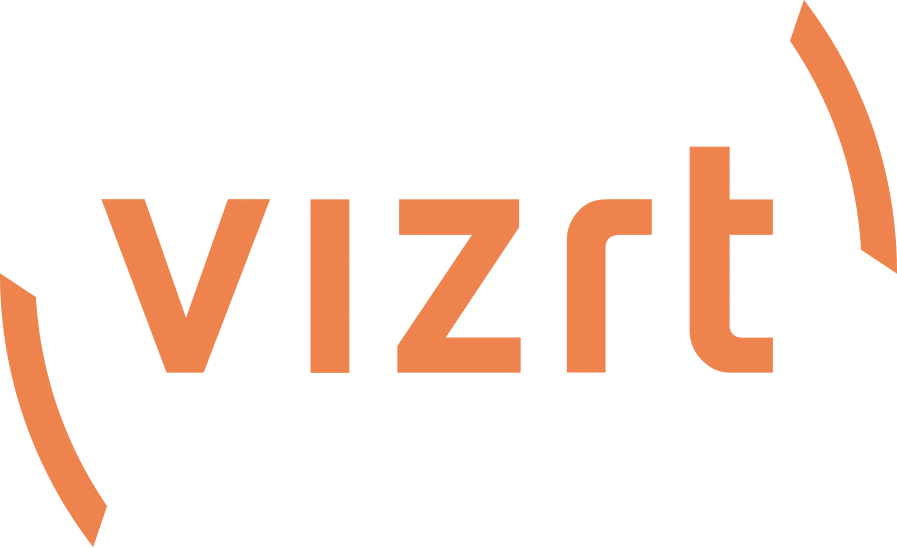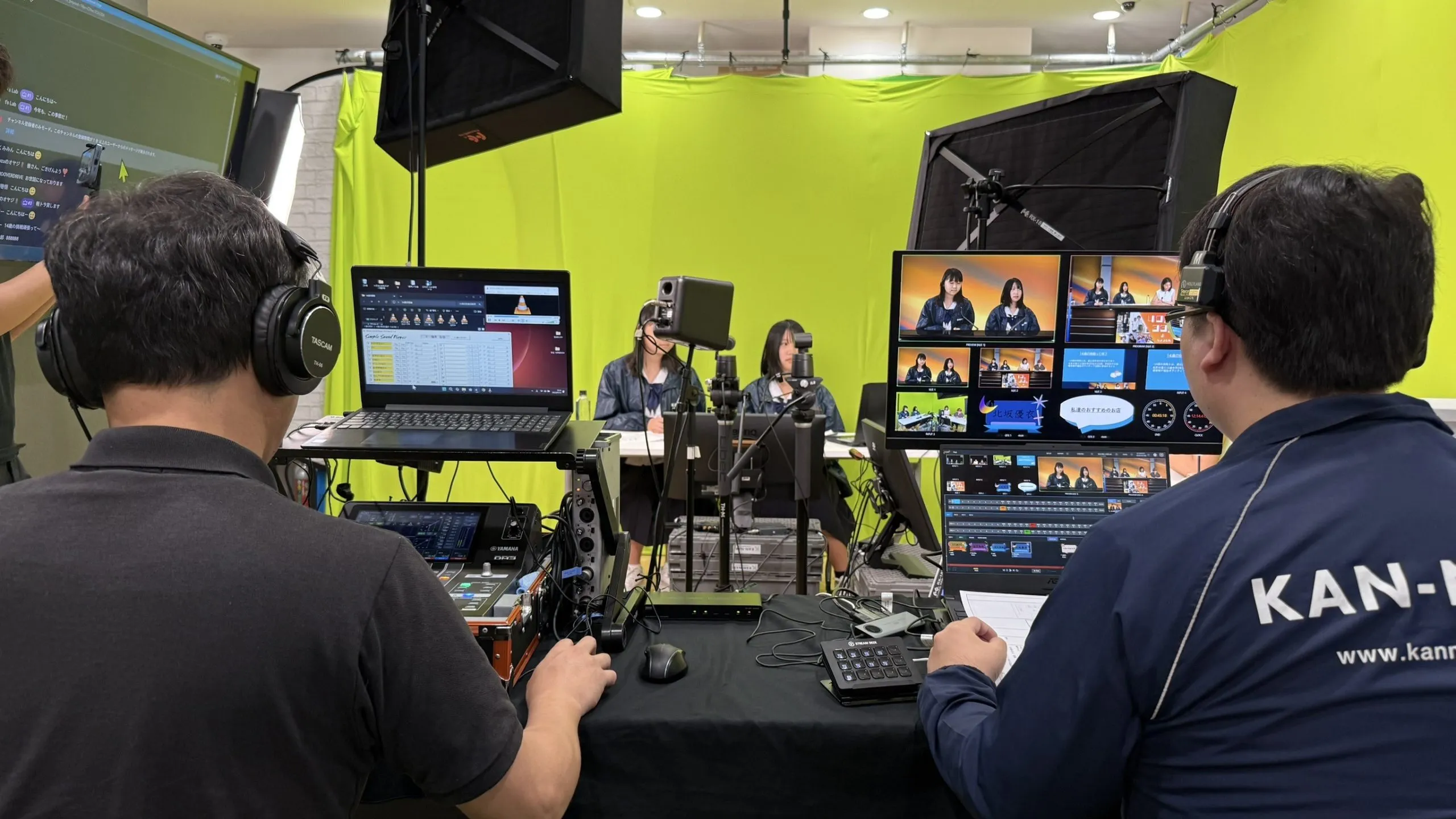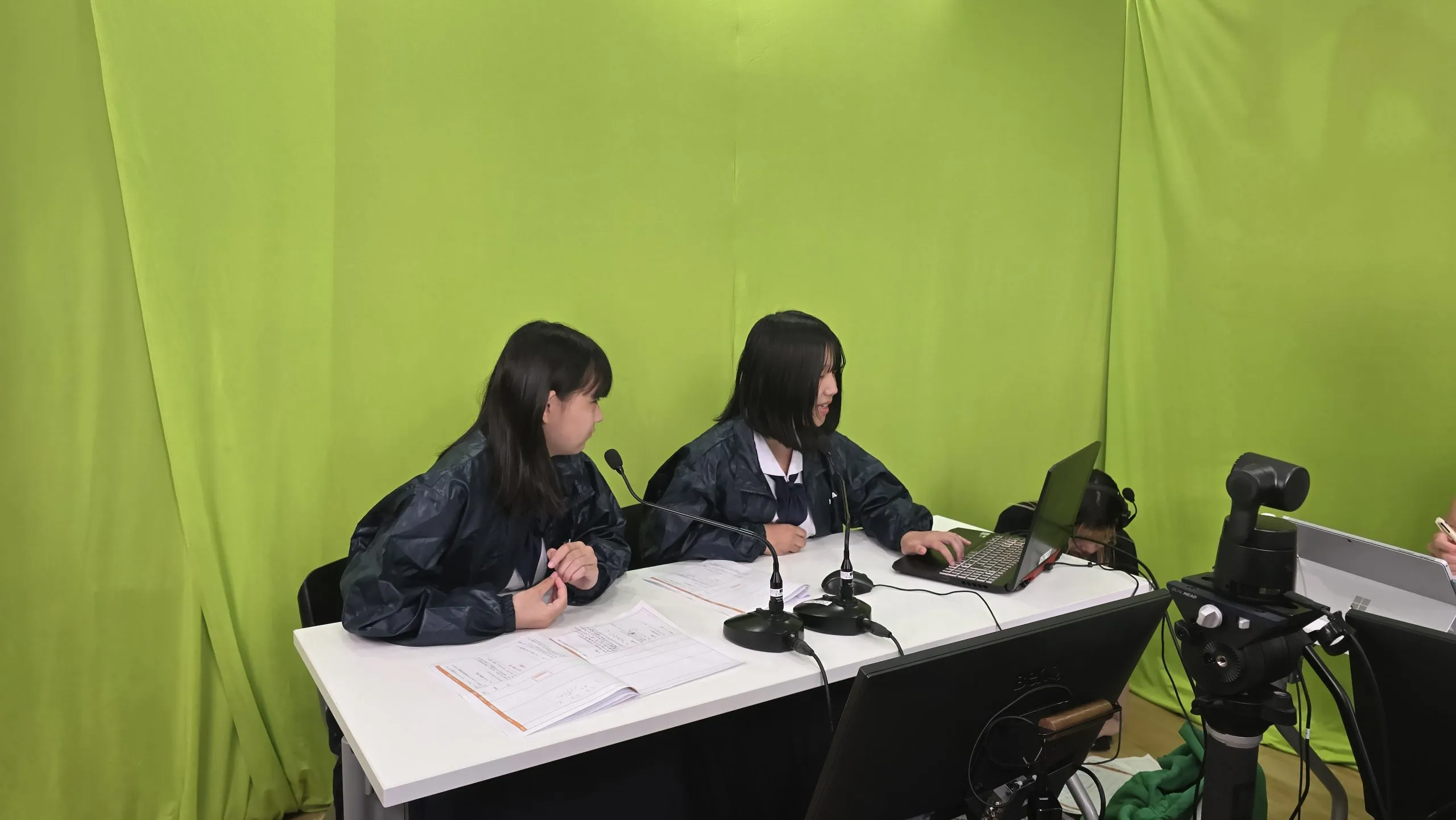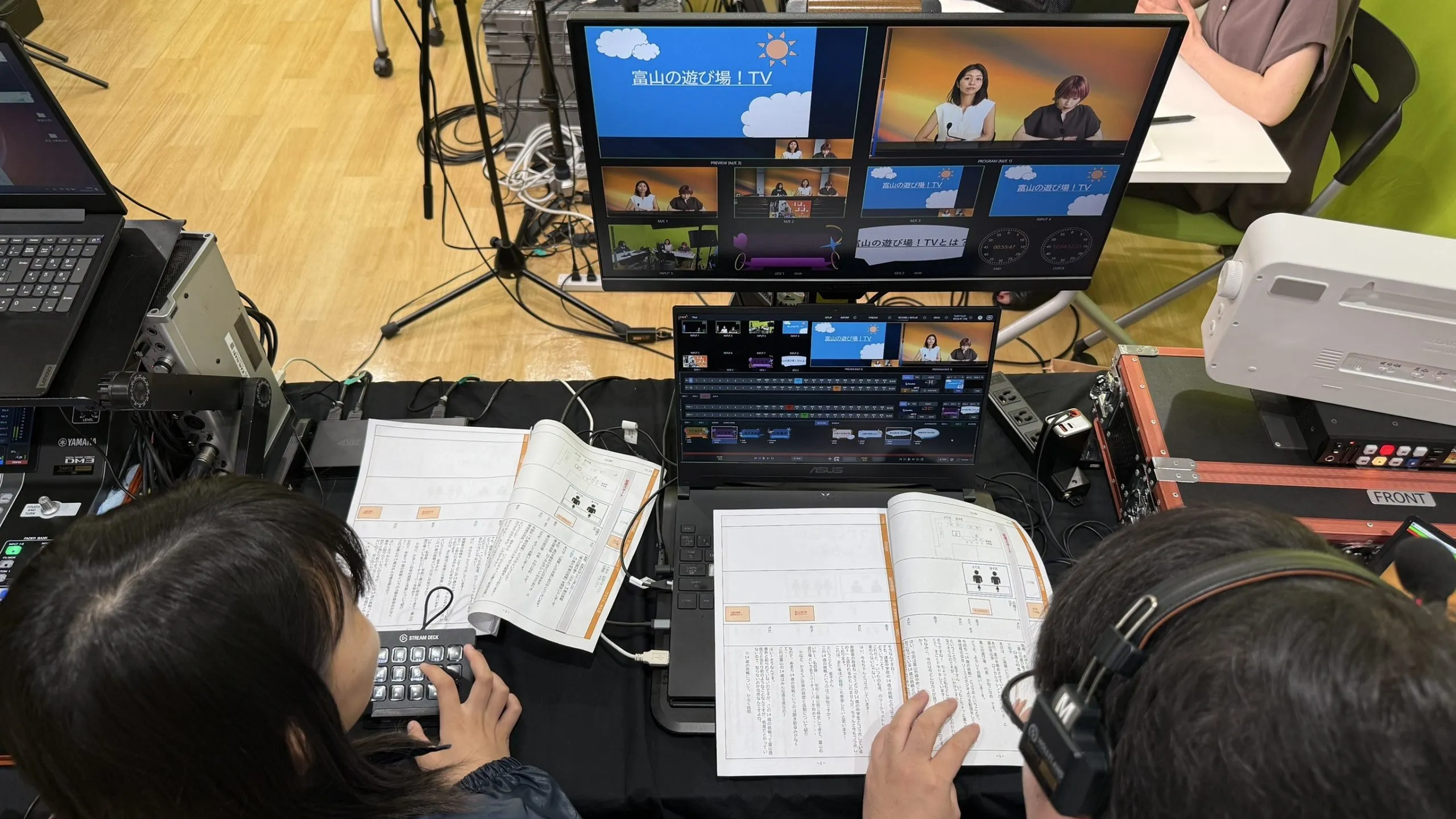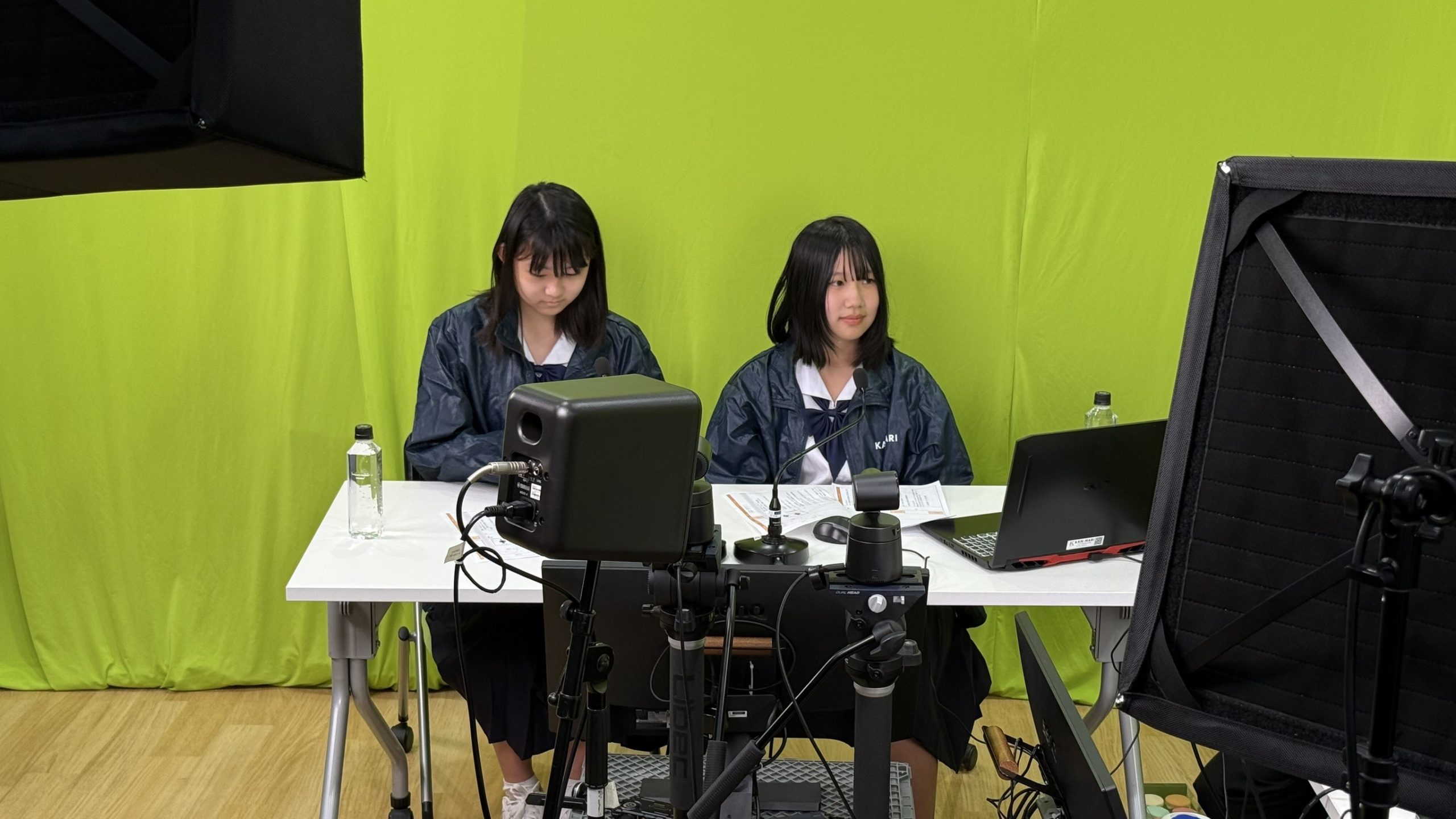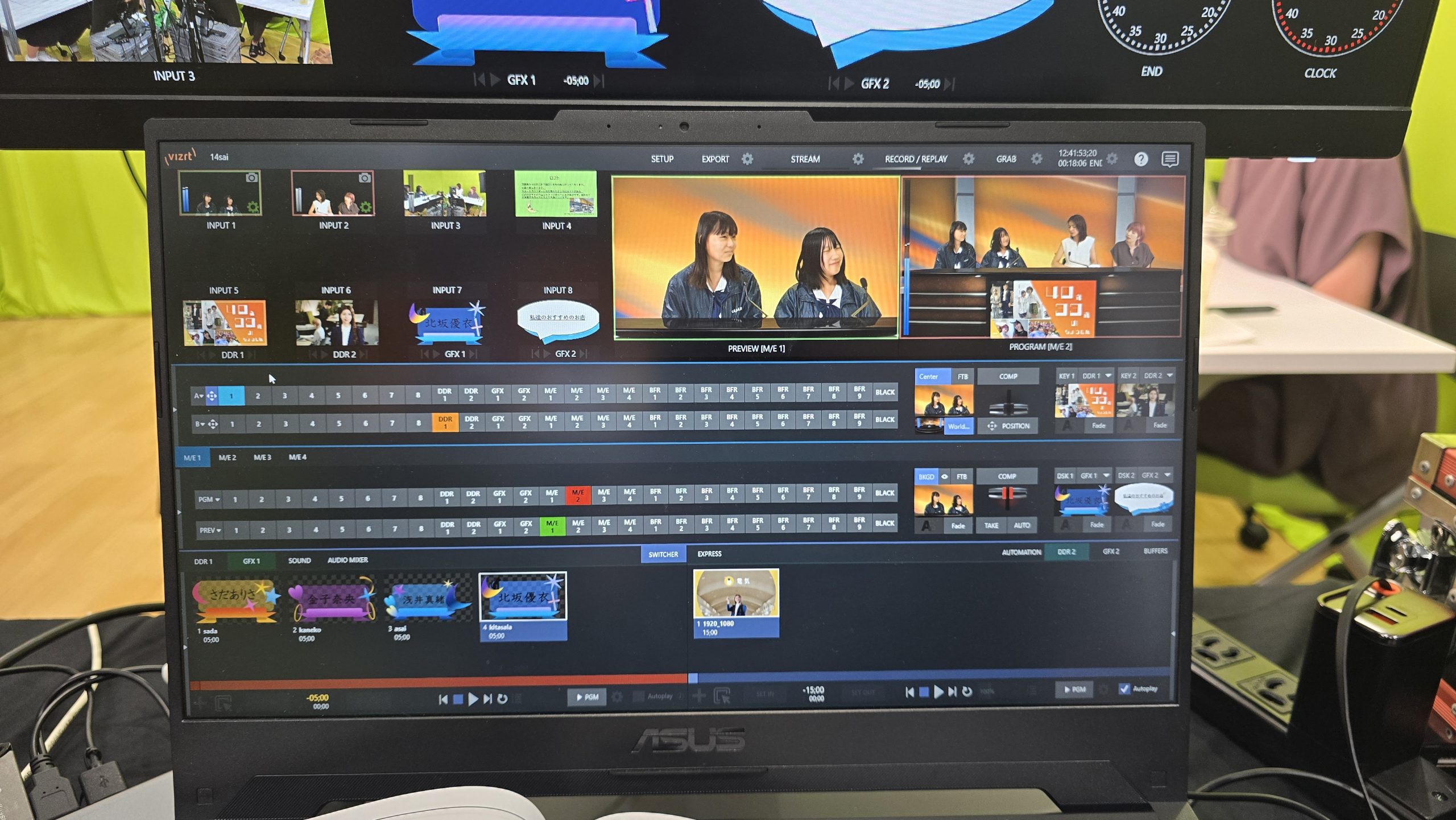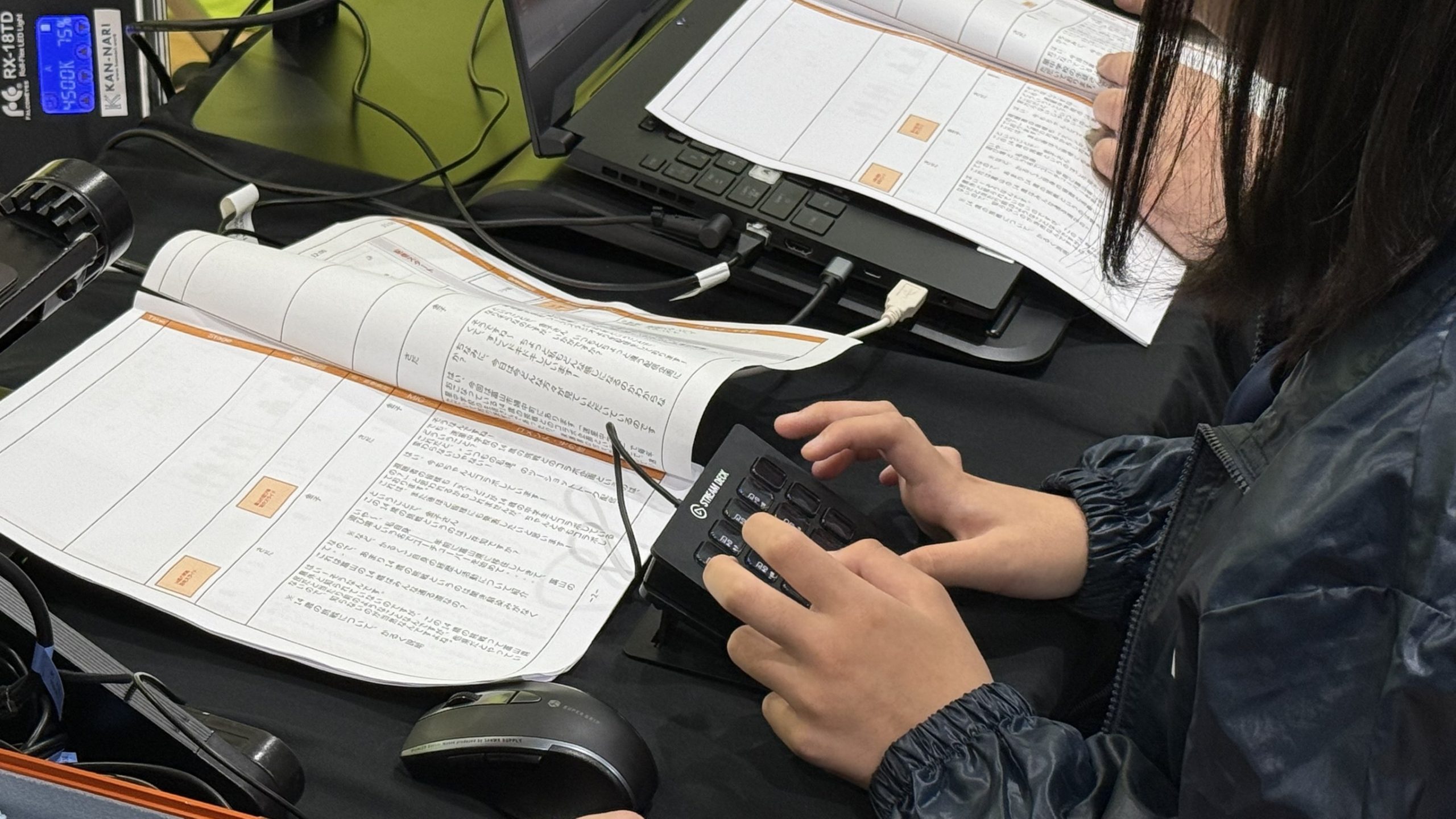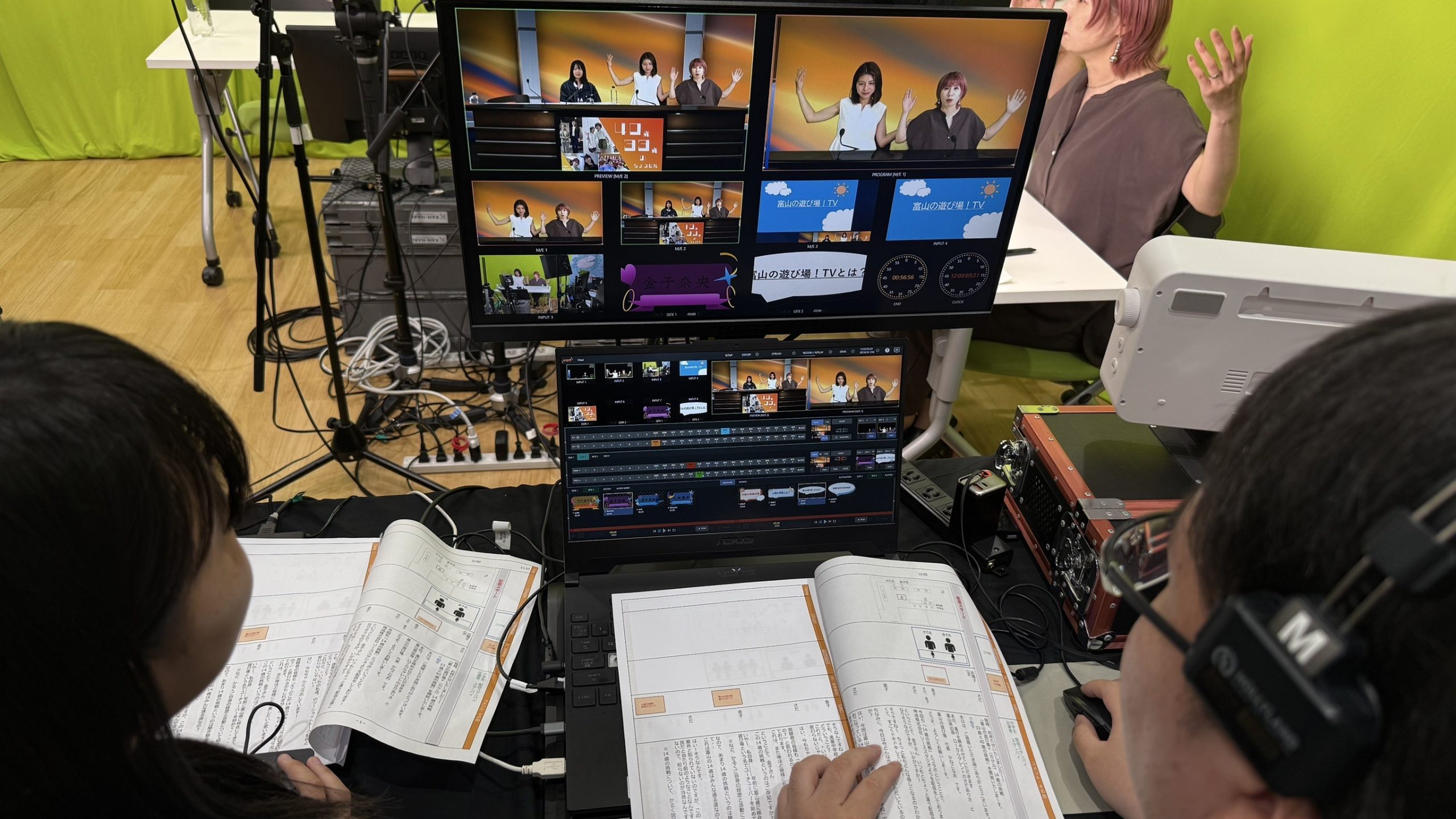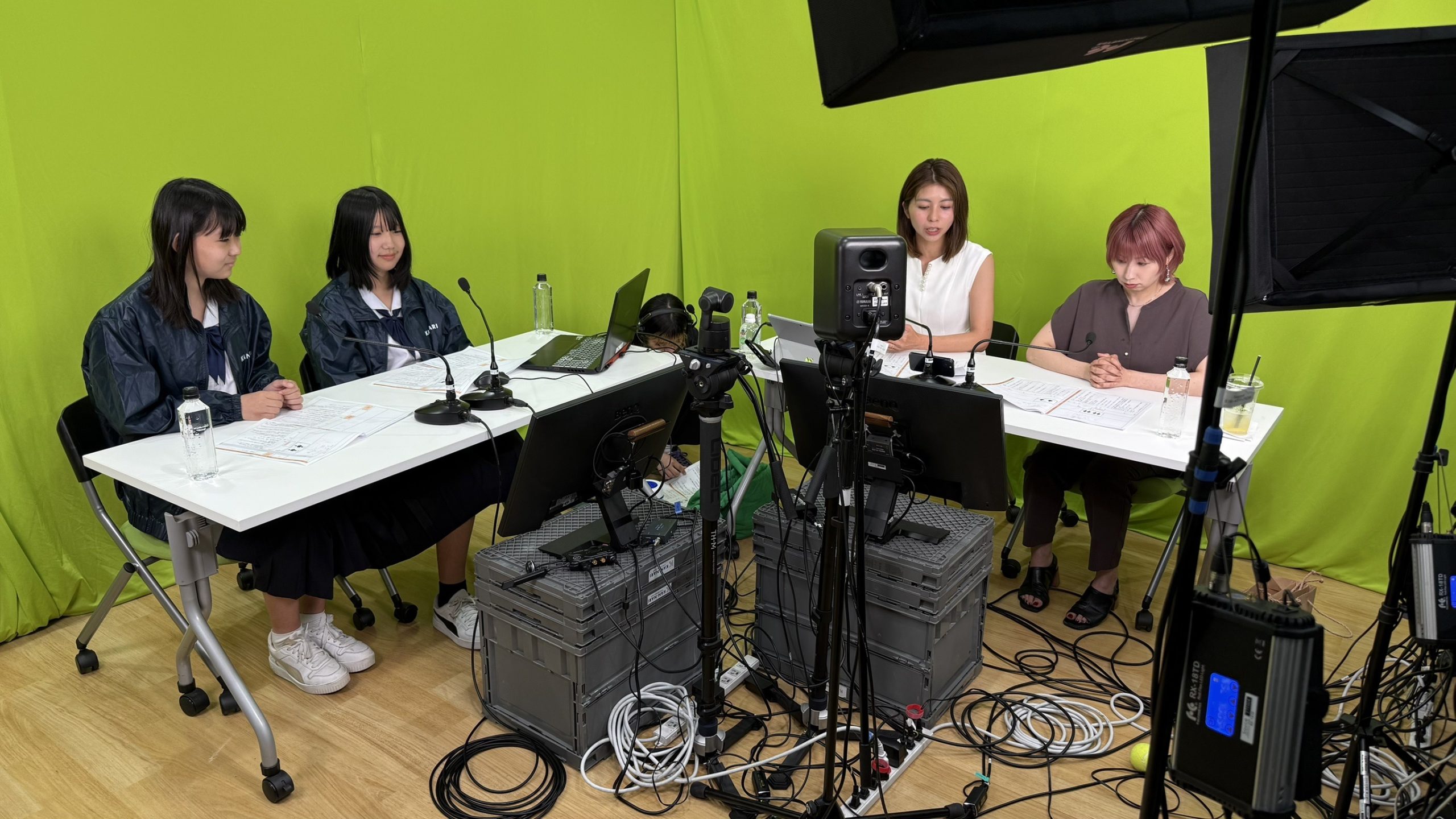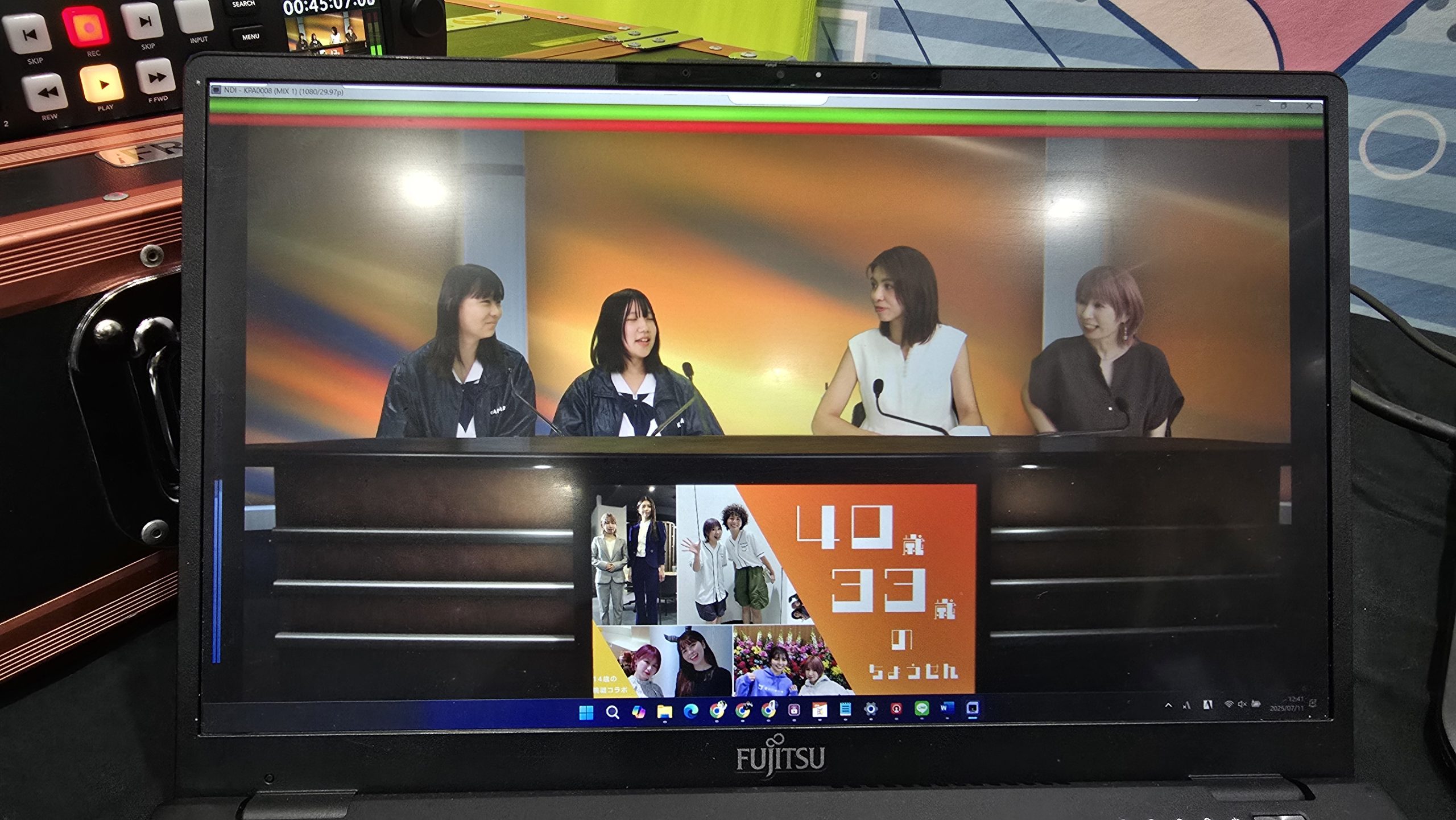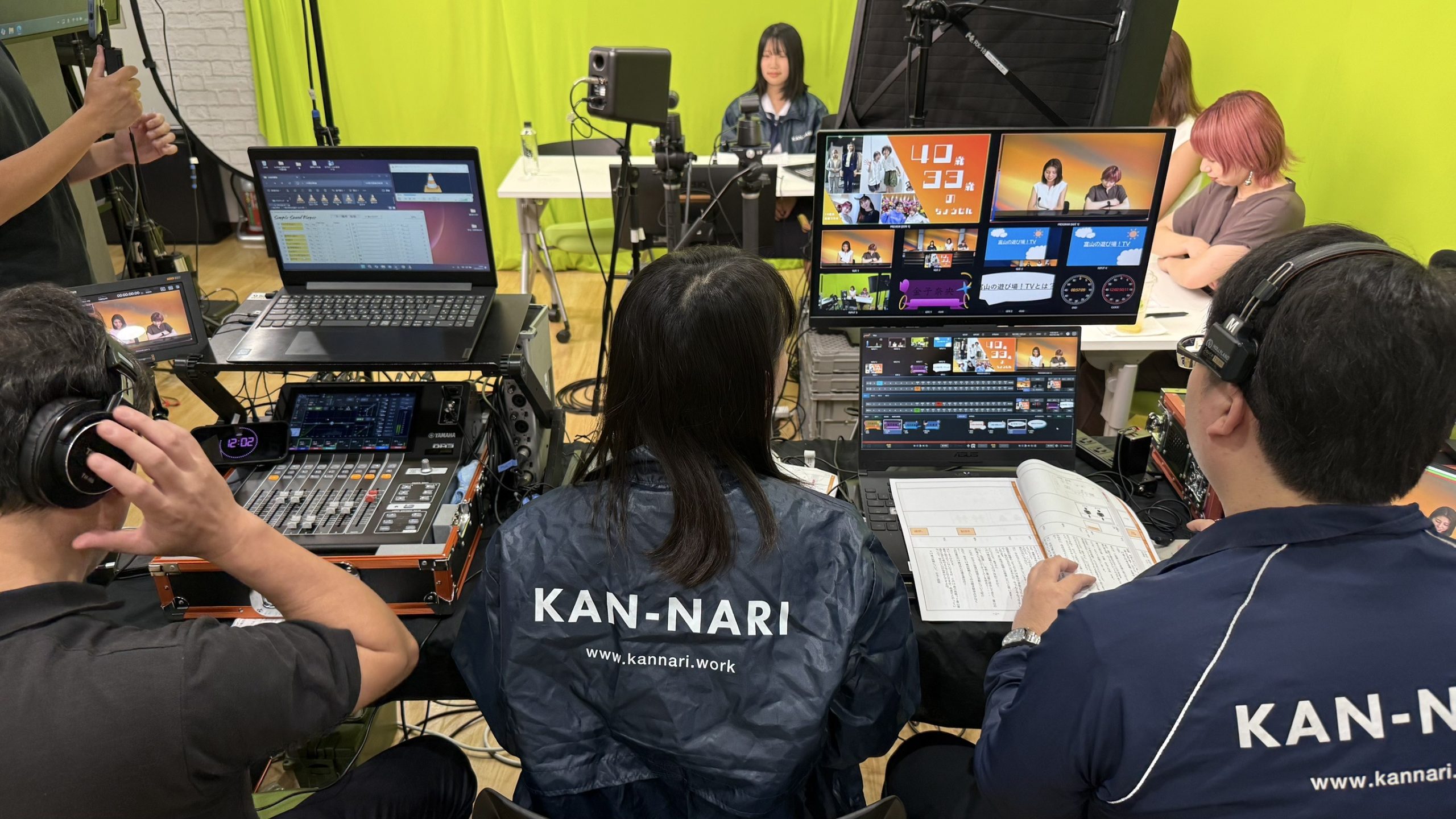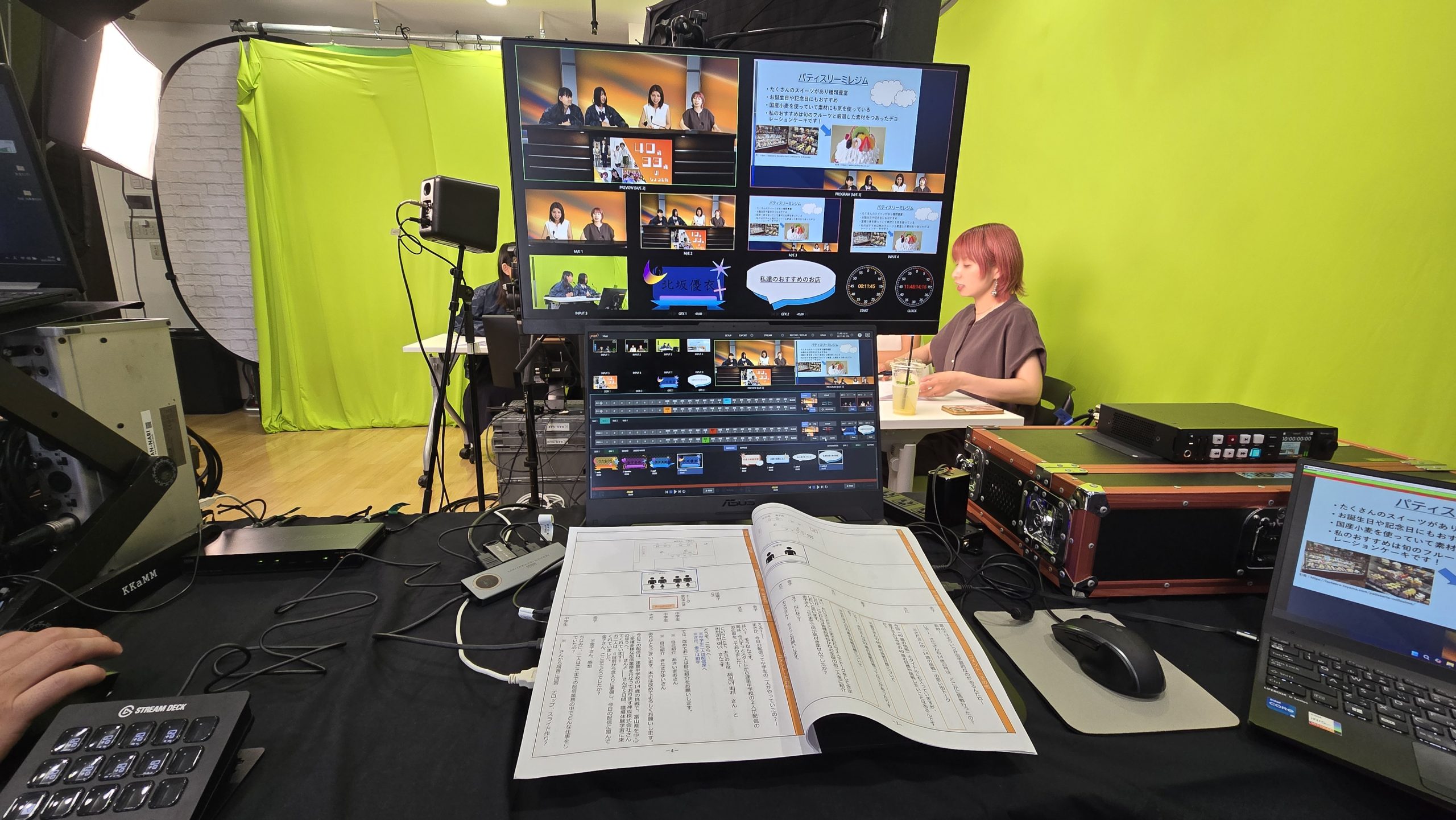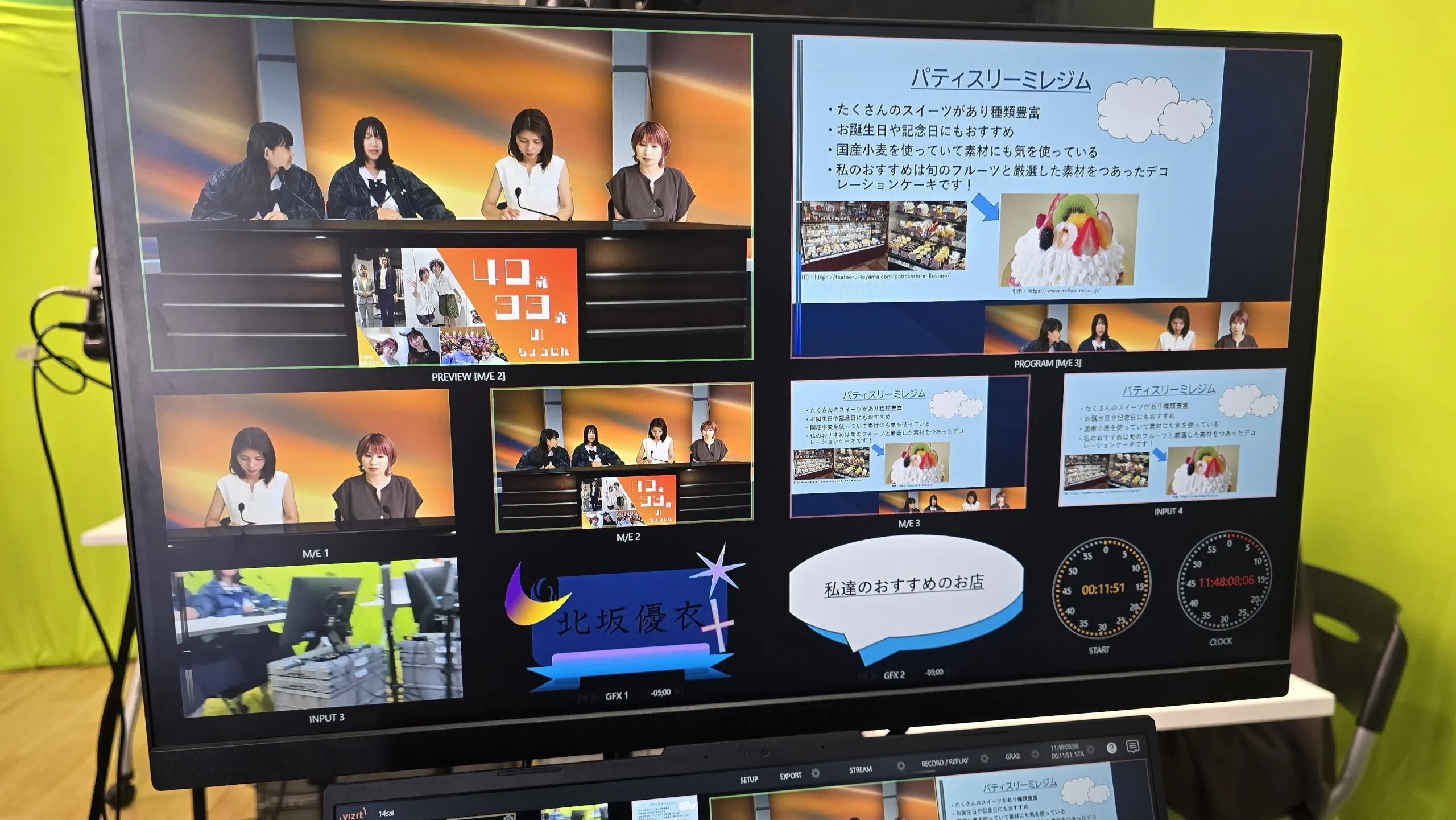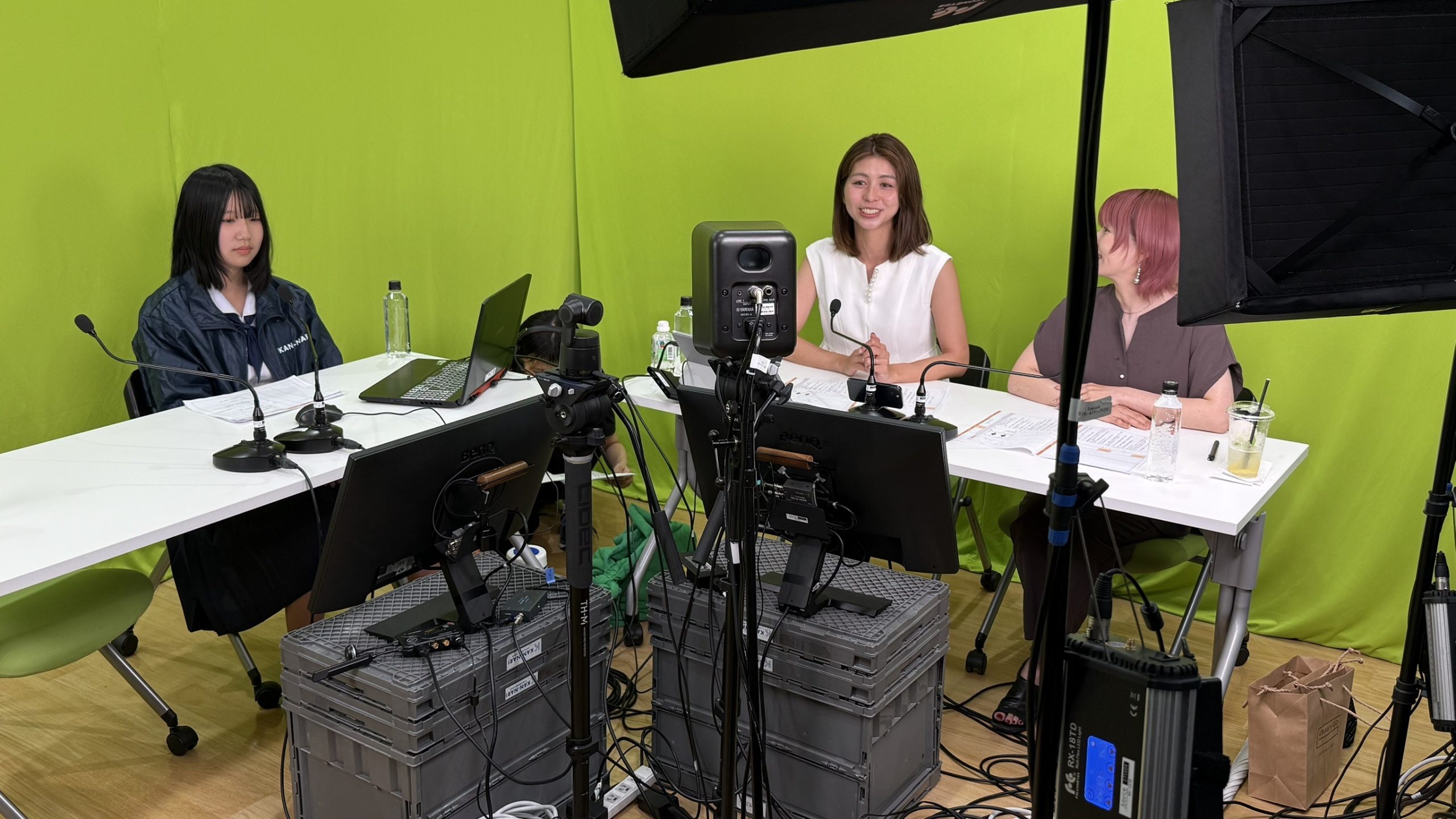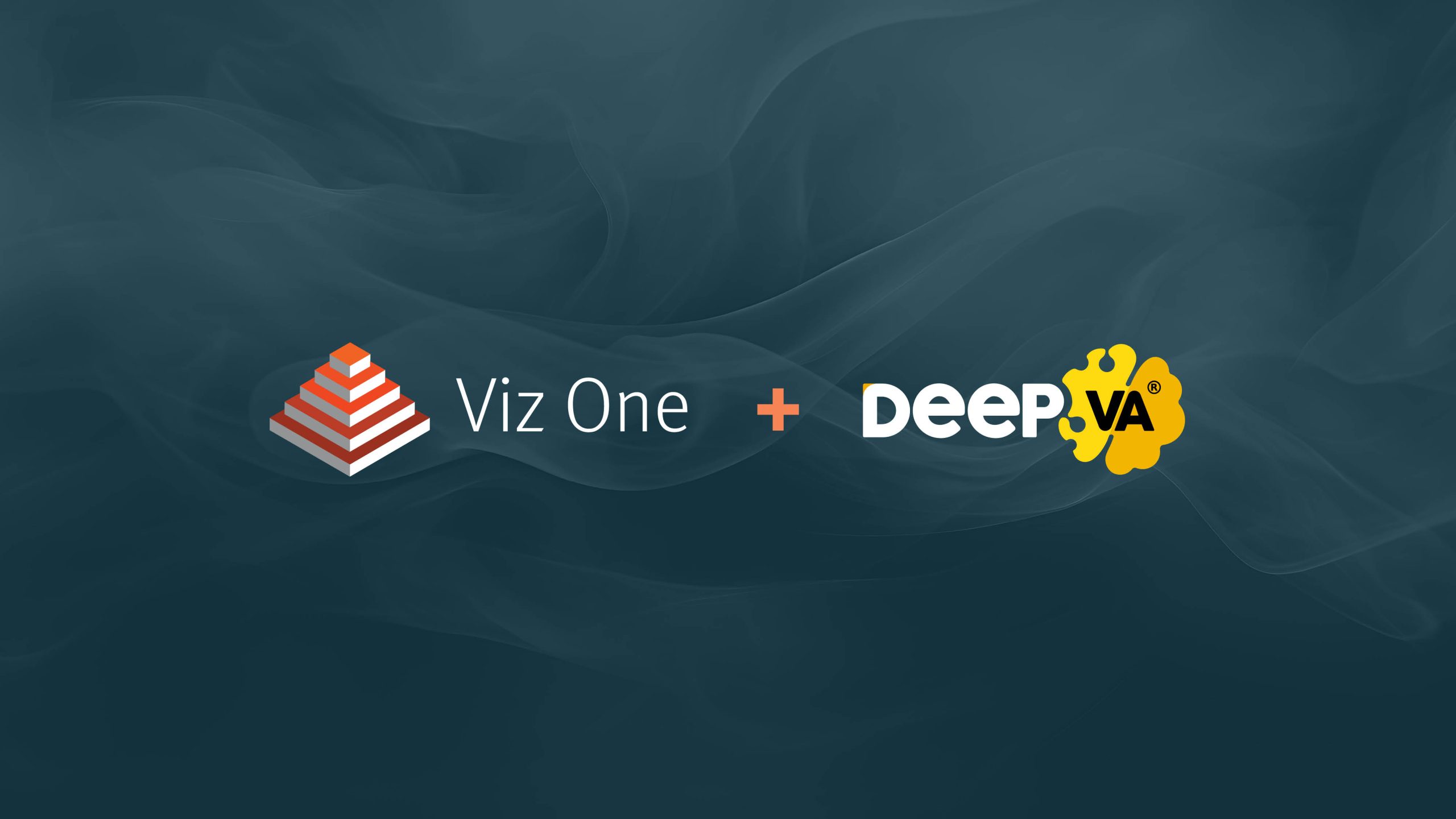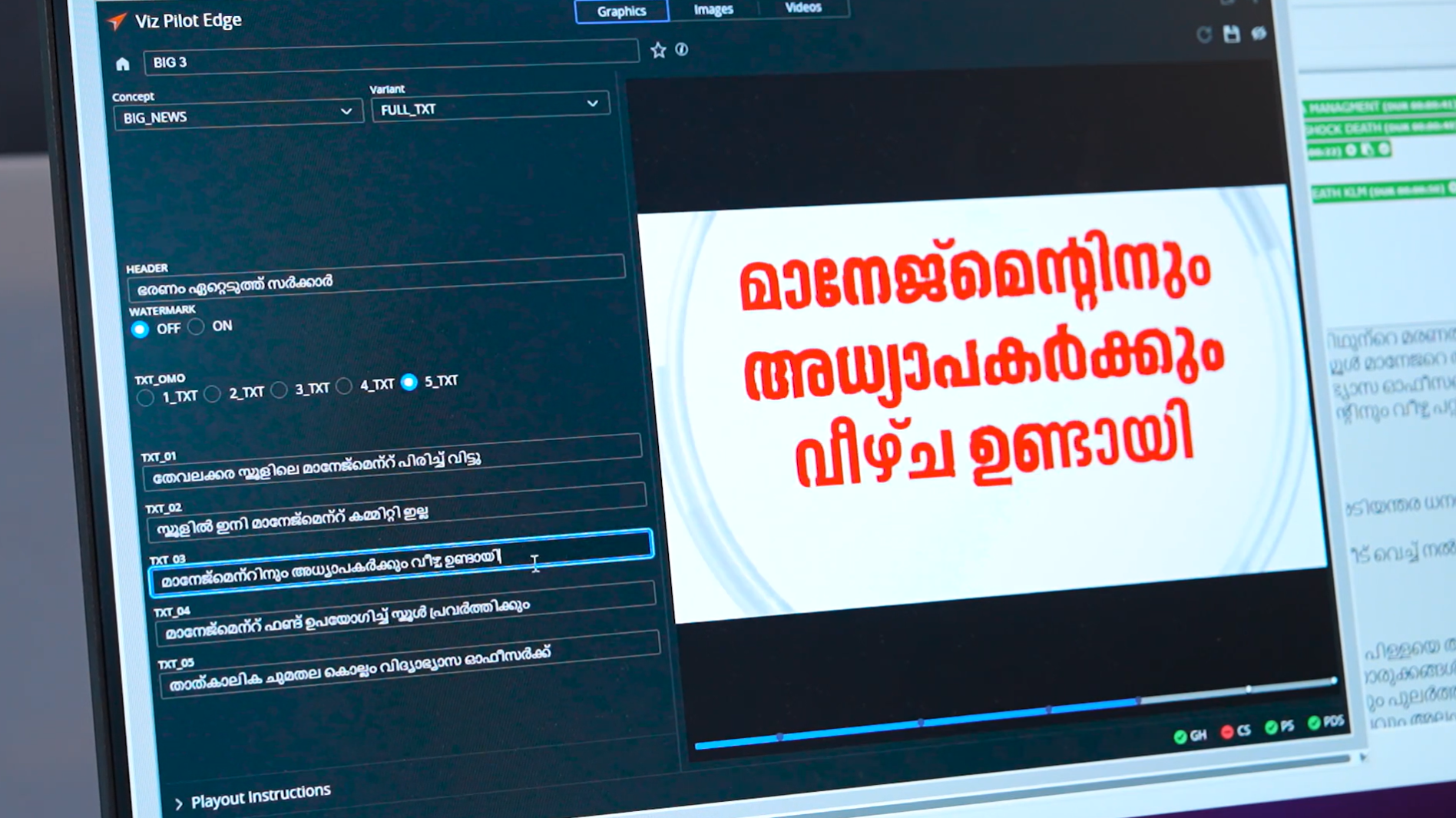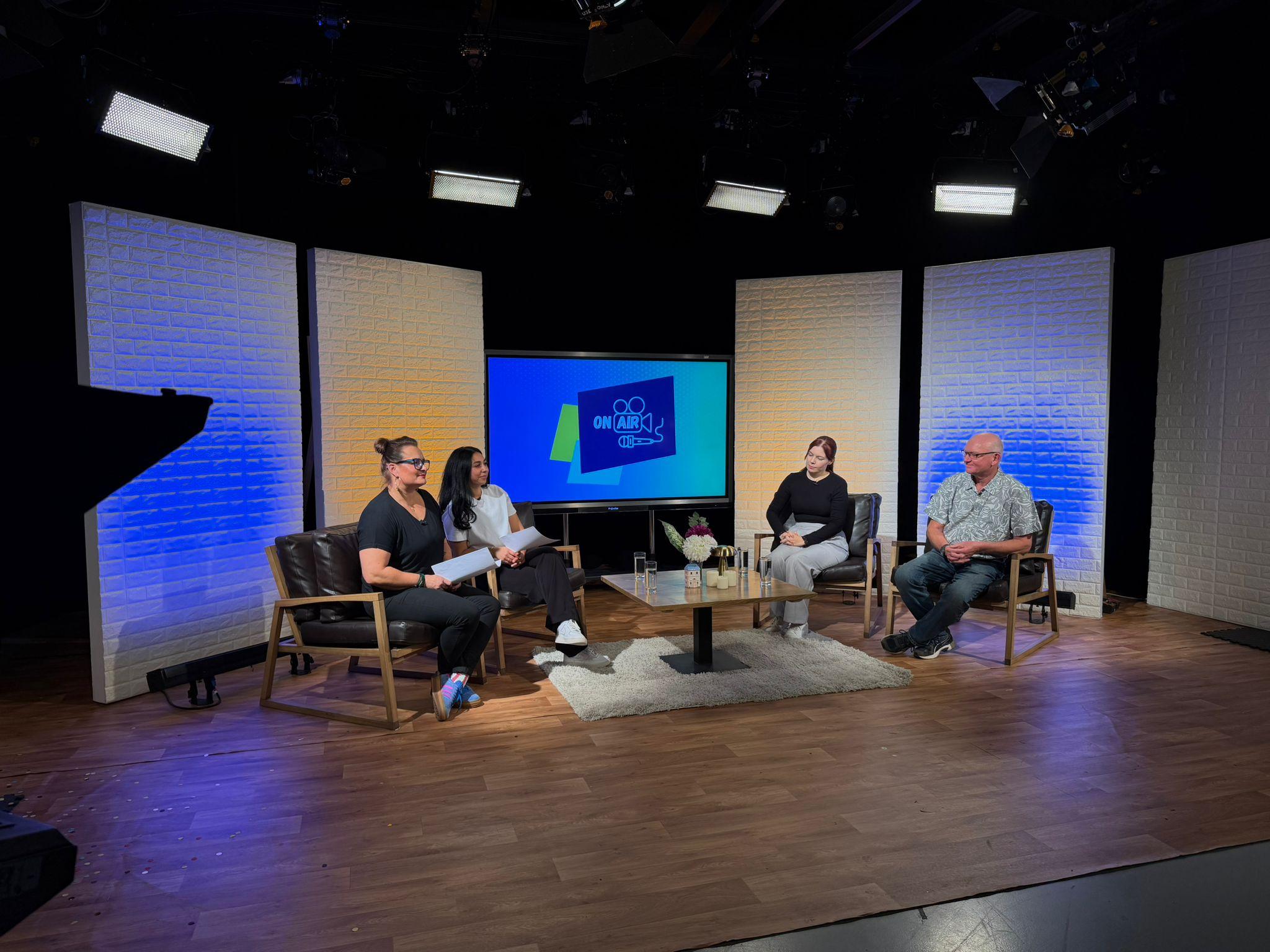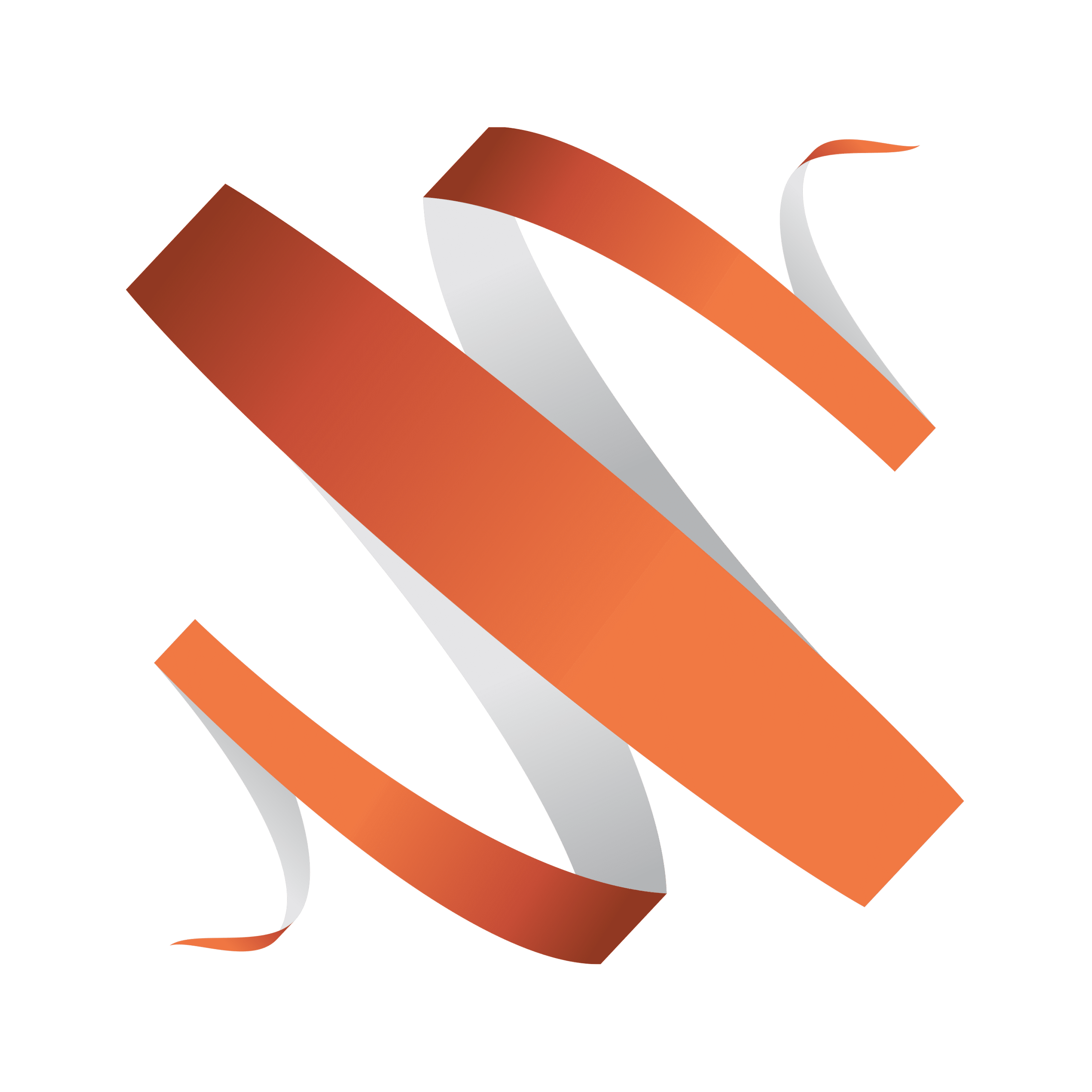In today’s competitive education landscape, school leaders are under pressure to deliver more than academic results, they’re expected to prepare students with the practical skills and confidence needed to succeed in the real world. Choosing the right technology is central to this mission: it must be engaging enough for students to learn quickly, but professional enough to mirror the tools they’ll encounter in their future careers.
One example of where this was done well comes from Japan, where an innovative career-readiness program gave students the chance to experience professional live production for themselves.
When two junior high students in Japan’s Toyama Prefecture stepped behind the cameras for a live YouTube broadcast, they weren’t just learning about media production, they were experiencing it firsthand. As part of the region’s “14-Year-Old Challenge” career education program, these students discovered what it takes to coordinate a professional live production, from managing multiple camera feeds to working as a team under pressure.
Their success story highlights something important: the best media education happens when students use the same tools they’ll encounter in their future careers. Working with KAN-NARI Co., Ltd., an ASK M&E partner, these students used the TriCaster® Mini S to create a broadcast that was both educational and professional.
The challenge for educators is finding technology that works for beginners while still making sure it teaches them real-world, useable skills. Vizrt solutions like the TriCaster Mini S, powered by NDI®, bridge this gap perfectly – intuitive enough for students to master quickly, yet sophisticated enough to produce broadcast-quality content that mirrors real industry workflows.
Hands-On Learning: From Crew to On-Air Talent
The students, Yui Kitasaka and Mao Asai, from Toyama Municipal Hayahoshi Junior High School spent the week preparing and executing a real broadcast.
Over five days, they gained foundational knowledge in video production, prepared for the stream, and operated equipment during the live show. They also appeared as guests!
At first, the students were nervous, “Work sounds tough and not very fun.” But by the end, their view of work had changed: “It was fun and fulfilling!”
The live program, Toyama no Asobiba! TV, showcased their work and their newfound confidence—highlighting how quickly students can adapt when given professional tools in a supportive learning environment
Technology That Empowers Students
For this project, KAN-NARI chose the TriCaster® Mini S, Vizrt’s compact, software-based live production system. Lightweight, easy to use, and powered by NDI®, the Mini S gave students access to the same professional features used in real-world productions, including live switching, graphics, chroma keying, and streaming—all in a single PC-based system. This makes it perfect for schools, community events, corporate training, and university seminars.
The stream was powered by NDI (An IP video protocol that sends video, audio, and control signals over a single LAN cable). This meant setting up was super simple, less cabling, easier setup and teardown, so students could focus on creativity and storytelling rather than technical roadblocks.
Schools looking to prepare students for real-world media careers can benefit from hands-on, engaging learning experiences. By integrating intuitive and user-friendly systems into classroom and extracurricular projects, students gain practical skills while producing professional-quality content. This not only enhances technical proficiency but also boosts teamwork, creativity, and confidence, outcomes that translate directly to better learning and career readiness.
Beyond Broadcast: Building Real-World Skills
While neither student plans to become a video producer, both left the program with new perspectives. Yui, who hopes to be an illustrator, learned the importance of preparation and attention to detail. Mao, who aims to be a nurse, discovered the value of teamwork and communication.
Opening Doors for the Next Generation
Programs like Toyama’s “14-Year-Old Challenge” highlight how educational institutions can integrate media production into career readiness initiatives to give students a hands-on taste of professional video production.
TriCaster Mini S aligns perfectly with modern learning initiatives, career readiness programs, and digital literacy goals. By embedding real-world media production into lessons, schools can bridge the gap between classroom learning and industry expectations, ensuring students graduate with both technical know-how and soft skills employers’ demand.
Why Schools Should Invest?
From live-streaming school events to producing student-led content, the same broadcast technology enriches both classroom-learning and the wider school community.
Interested in TriCaster Mini S or other production tools?
Contact your authorized reseller or speak to a Vizrt Expert today.
For our readers in Japan, ASK M&E offers a corporate loan program so you can try equipment before buying. Reach out via the form below to test it in your own environment:
